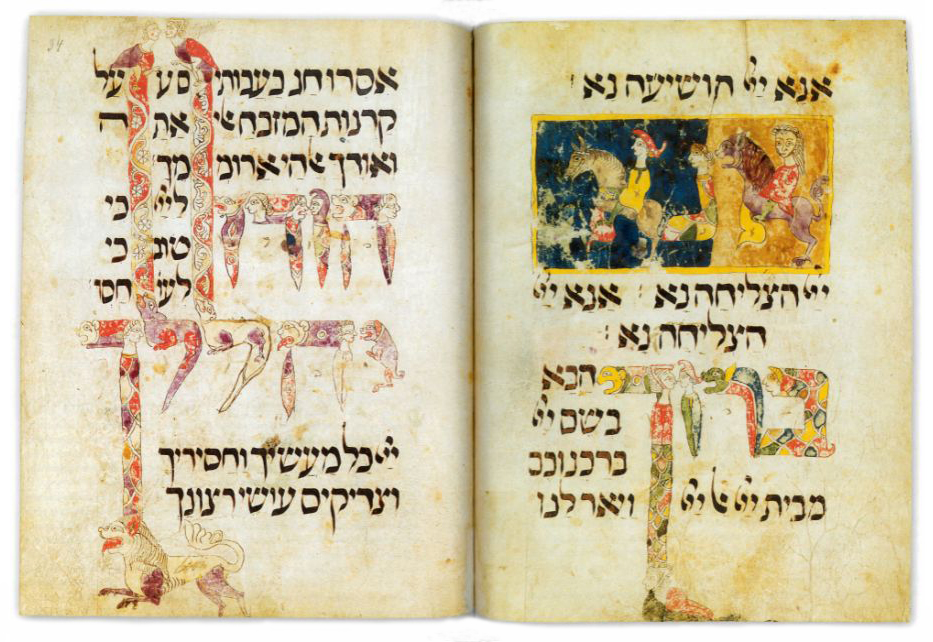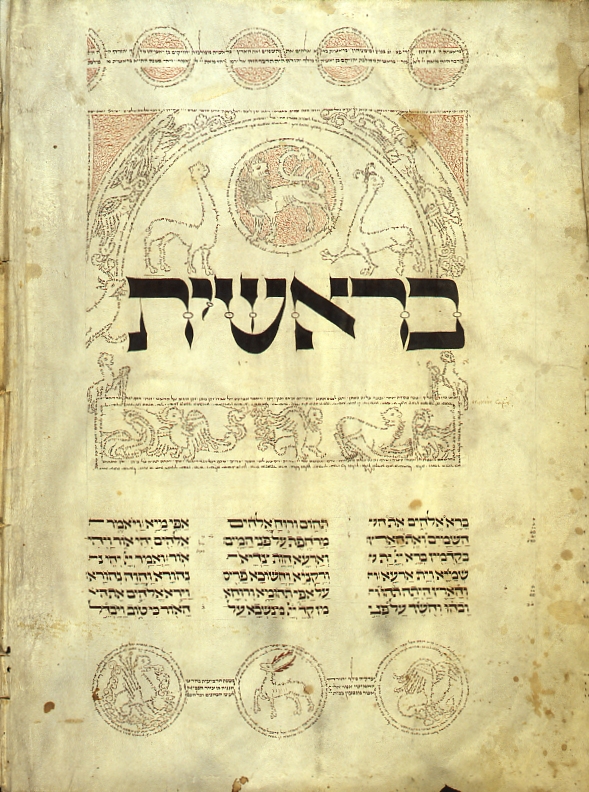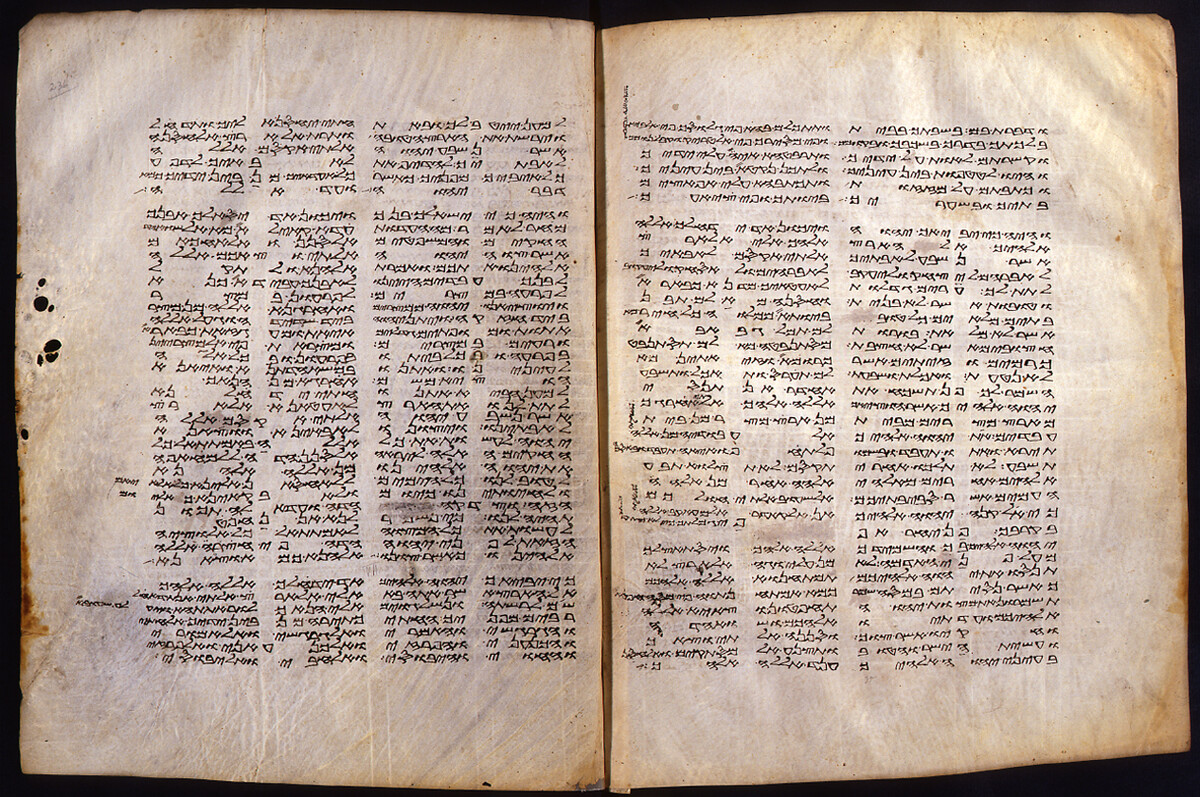Orient
Hebrew Manuscripts
The collection of Hebrew manuscripts contains numerous outstanding and precious individual pieces. The collection, which today comprises around 500 volumes, was built up with great expertise and prudence. The development of the collection is mainly due to Moritz Steinschneider (1816-1907), who not only built up the collection of Hebrew manuscripts in the last decades of the 19th century, but also catalogued it. He listed 259 volumes in his catalogue.
One of the first manuscripts in the holdings of the Electoral Library was the four-volume so-called Rösel-Bibel, which came to the library as a gift from a woman of this name in 1692.
Worth mentioning is the collection of Hebrew codices and Arabic manuscripts in Hebrew script, acquired by Moses Wilhelm Shapira in 1873 and 1877.
In 1880, the library acquired 15 Hebrew manuscripts from Erfurt, including a two-volume giant Bible from 1343 (Erfurt Bible), four Torah scrolls, a Tosefta manuscript, a Machsor, two Rashi manuscripts, other very old Bible codices and a composite manuscript with Aesop's fables.
For several years, these Erfurt manuscripts have been intensively researched, cf. the overview from the DFG research project of the FU Berlin.
Hamilton 288 - Siddur
Due to its special design, the Hamilton Siddur is one of the most famous Hebrew manuscripts in the world.
It dates from the beginning of the 14th century.
Pictured is Psalm 118:25-29
Oh, Eternal One, help us!
Alas, Eternal One, give success!
Blessed He Who Comes in the Eternal Name
We bless you from the House of the Eternal
Ms. or. fol. 1210 / 1211 - Bibel Erfurt 1
With a weight of 50 kilograms per volume, the two-volume Bible Erfurt 1 is a giant Bible.
It was completed in 1343 and contains the Targum, the Aramaic translation of the Bible.
Volume 1 is currently being restored.
Pictured is the beginning of the book of Genesis.



